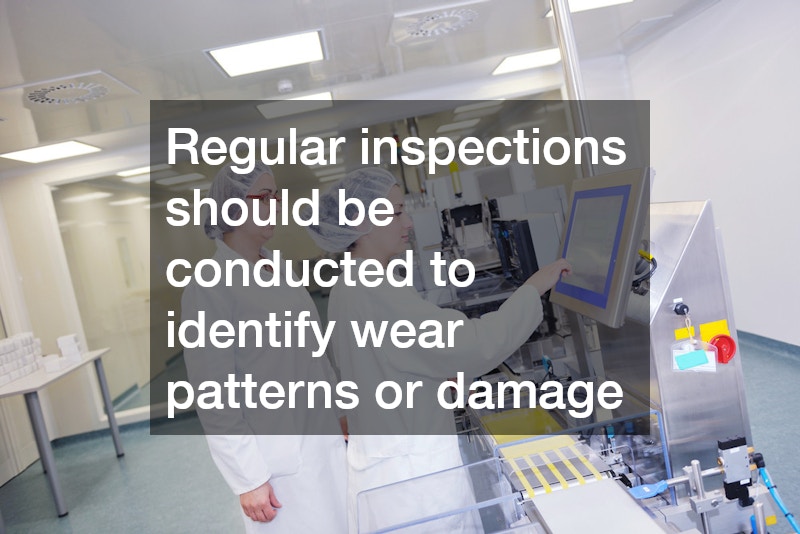Learn about the significance of quality rubber rollers in enhancing factory output, and understand the basics of various aspects such as efficiency, maintenance, durability, and their overall impact on production processes.
What Are Rubber Rollers and How Do They Work?
Rubber rollers are essential components in many manufacturing processes. These cylindrical devices are typically coated with rubber to provide a high-friction surface that helps in the transport and processing of materials.
They can be found in a variety of applications, including printing, textile manufacturing, and food processing. Understanding their design and function can provide insight into why quality matters.
The basic construction of a rubber roller consists of a core material, often made from metal, which is then covered with a specialized rubber compound. This outer layer is designed to withstand various environmental factors and mechanical stresses, making the choice of rubber quality paramount. The specific formulation of the rubber can determine the roller’s resilience, wear resistance, and grip. High-quality rollers are engineered not just for durability but also for optimal performance in specific applications.
In operation, rubber rollers function by creating friction between themselves and the materials they come in contact with. This friction is critical for tasks such as moving goods along a conveyor belt or applying coatings in a printing press. The effectiveness of this process hinges on the characteristics of the rubber, including its hardness and elasticity. As a consequence, the quality of the rubber directly impacts the roller’s ability to function as intended, emphasizing the importance of selecting rollers that are made from superior materials.
How Do Quality Rubber Rollers Affect Production Efficiency?
The efficiency of production lines can be significantly influenced by the type of rubber rollers used, impacting speed and reliability. Quality rubber rollers enable smoother operation of machinery, minimizing friction-related issues that may arise during production. This smooth operation directly translates to higher speeds on the production line, allowing factories to meet increased demands without sacrificing quality.
What Are the Maintenance Requirements for Rubber Rollers?
Maintenance practices for rubber rollers play a crucial role in sustaining their functionality and extending their lifespan, which is vital for factory output. Regular inspections should be conducted to identify wear patterns or damage that could impair a roller’s performance. Addressing minor issues promptly can prevent major failures down the line, ultimately protecting overall production efficiency.
In addition to physical maintenance, proper storage of rollers when not in use is essential in prolonging their lifespan. Exposure to extreme temperatures, UV light, or ozone can lead to premature aging of rubber compounds. Ensuring that rollers are stored correctly minimizes deterioration, thus safeguarding the investment in quality rollers and ultimately supporting factory output over the long term.
How Do Rubber Rollers Contribute to Product Quality?
The quality of the rollers directly correlates with the final product’s quality, affecting surface finish and consistency. In industries like printing or packaging, for instance, the texture and composition of rubber rollers can have a profound effect on print quality and the uniformity of coatings. A poor-quality roller may introduce defects that compromise the integrity of the product being manufactured.
In applications where precision is paramount, the use of high-quality rubber rollers can eliminate common issues such as misalignment and surface imperfections. By ensuring better contact with materials, these rollers contribute to accurate processing, which is essential in meeting stringent quality standards. High-quality rollers help maintain consistent production parameters, reducing variability in the final product.
Moreover, consistent quality from rollers ensures that manufacturers can build brand reputation, as consumers expect reliable products. If a manufacturer produces goods that frequently meet or surpass quality expectations, it establishes credibility in the market. Consequently, quality rubber rollers not only enhance output but also serve as crucial components in enhancing overall product reliability and customer satisfaction.
What Are the Financial Benefits of Using High-Quality Rubber Rollers?
Investing in high-quality rubber rollers can yield long-term cost savings through reduced downtime and fewer replacements. While the initial cost may be higher, the durability and reliability of quality rollers often result in lower operating costs. Saving on frequent replacements represents a significant financial advantage for manufacturers aiming to improve profit margins.
Additionally, quality rubber rollers tend to require less frequent maintenance. When rollers are built to last with superior materials, they perform better over time with fewer issues arising. As a result, maintenance staff can focus on other critical areas rather than continually addressing problems associated with subpar rollers. This not only saves time but also allows for a more efficient allocation of labor and resources.
Lastly, improved efficiency and reduced failures directly correlate to higher production volumes, essentially allowing manufacturers to do more with the same resources. The cumulative effect of these factors contributes significantly to a lower total cost of ownership for high-quality rubber rollers, establishing them as a worthwhile investment for any manufacturing operation. As companies seek to optimize profitability, quality rollers emerge as a key factor in achieving this goal.
Utilizing quality rubber rollers can dramatically enhance factory output by improving efficiency, reducing maintenance costs, and ensuring consistent product quality. These components play a crucial role in manufacturing, influencing everything from operational workflows to the end product’s attributes. The initial investment in high-quality rubber rollers pays off in the long run for any manufacturing operation, establishing better production systems and driving economic benefits through widespread application throughout the production chain.

